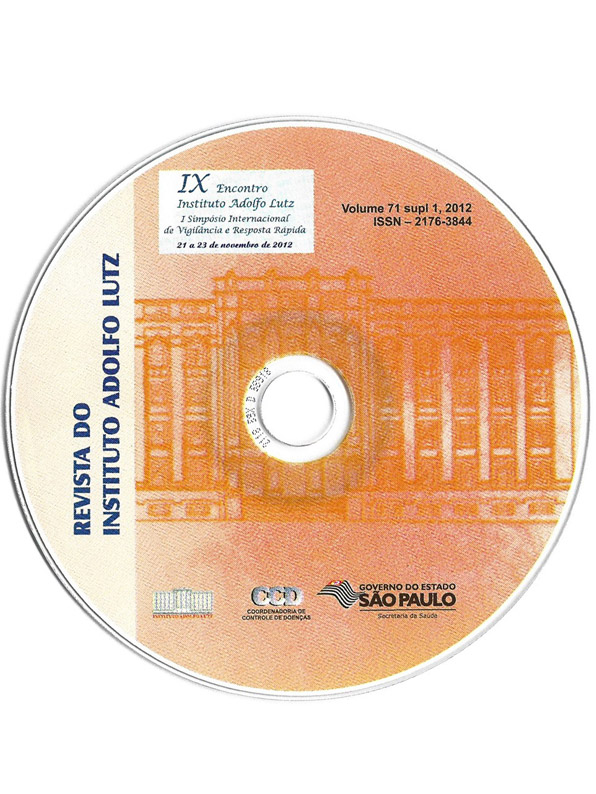Abstract
Leptospirosis is a neglected infectious disease caused by spirochetes from the genus Leptospira and has now been identified as an emerging infectious disease. It constitutes a major public health problem in developing countries, with outcomes ranging from subclinical infections to fatal pulmonary haemorrhage and Weil's syndrome. Since certain serovars are often associated with specific mammalian hosts and with the symptoms and severity of the disease, the identification of serovar permits the prediction of sources of infection; thereby the spread of the disease can be controlled. Our goal is to evaluate the discriminatory power of MLST compared to serotyping. Material and methods: A total of 101 Leptospira isolates was tested by MLST and by traditional serotyping with 23 standard group-specific rabbit antisera. Results: MLST divided the isolates into 4 sequence types while serotyping classified in 6 serogroups. The serotyping revealed that 90 isolates belonged to the serogroup Icterohaemorrhagiae (89.11%), 5 to Canicola (4.95%), 2 to Ballum (1.98%), 2 to Autumnalis (1.98%), 1 to Pomona (0.99%) and 1 to Sejroe (0.99%). MLST identified 90 isolates as ST17, 1 isolate as ST58 , 6 isolates as ST37 and 2 isolates as ST27. Two isolates identified by serotyping as Ballum failed to generate products by MLST method. The serogroups Pomona (1 isolate) and Canicola (5 isolates) produced the same ST. A significant finding of this study was that both methods identified Icterohaemorrhagiae as the predominant serovar in the state of São Paulo in all years. Conclusion: One disadvantage of the MLST assay was its inability to distinguish among some isolates at the serovar level. This study shows that with Brazilian isolates the serogrouping method is more affordable, easier to perform, may provide information similar or better than that obtained using more laborious and expensive genotyping methods based on DNA sequencing.

This work is licensed under a Creative Commons Attribution 4.0 International License.
Copyright (c) 2012 EC Romero, RM Blanco, RL Galloway
